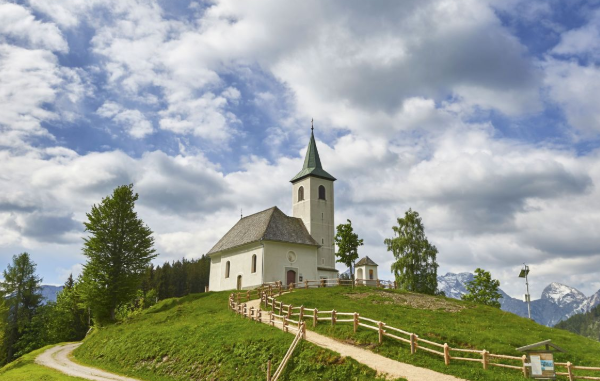Bale, a small town to the southeast of Rovinj, on the cross-roads of the Pula – Trieste – Rovinj highroads. By road it is about 14 km to Bale from Rovinj. Bale is situated on a small hill above a limestone plateau. This shows that it grew up on the site of a pre-historic settlement, which was transformed into a military base in ancient times. It was part of the Pula agricultural area (ager) and is on the Roman road which went from Pula, through Fazana, near Peroj to Cape Betika. It is recommended to visit Bale during the summer months to fully enjoy all the benefits this small city offers to tourists. Since the hotel prices in Bale are pretty cheap, one can afford different types of accommodation.
At Bale it turned to the left of the Lim valley and went down to Dvigrad, continued on to Lovrec and from there to Trieste. In the Middle Ages Bale was held by the Patriarchs of Aquileia, and from 1332 it was under the Venetians. It has retained the structure of a town of the Dark Ages, with the remains of the town walls, tower and gates.
The castle is a prominent feature. It belonged to the Soardo family, and from 1618 to the Bembo family. Originally it consisted of two four-sided towers which were linked by a drawbridge. The following buildings are also medieval: the town loggia, a grain store (fondacco), and the Praetorian’s palace. The parish church was built in 1880 on the site of an old triple-naved basilica from the 9th entury, some fragments of which are kept in the crypt. There is also a collection of fragments of stonework in designs of braiding and early-Romanesque carvings. Inside the church itself there is a wooden Romanesque crucifix (13th century). The wooden Romanesque polyptych on the side altar and the liturgical robes and other items are from the 15th to the 18th century. Beside the early medieval Church of St. Elijah (Sveti Ilija) there is a bell tower standing apart which has elements of Romanesque architecture.

The Church of the Holy Spirit (Duh Sveti) was built in popular Gothic style in the 15th century. In the Church of St. Anthony (Sveti Antun), there are some late Gothic wooden carvings, and the partial remains of Gothic frescoes. There is a rich museum collection in Bale consisting of: archaeological, cultural and historic, ethnographic and modern history collections.
In the surrounds of Bale (Porto Colone Bay) there is a protected area, the Palaeontological Park. This is a new find, pronounced by world palaeologists the discovery of the century. At the time of the Mesozoic, Istria was a part of the mainland, and the presence of these giant creatures shows that it was covered by luxuriant vegetation. On the mainland and in the shallows of Porto Colone Bay a great many fossilized dinosaur bones have been found. The reptiles inhabited this area a hundred million years ago. The great amount of bones found leads to the supposition that this area was a dinosaur graveyard, or a place in which, on account of some natural event, they died in great numbers. Palaeontologists have determined that the bones found belonged to two species of these giant prehistoric creatures. One of them is Brachiosaurus, a four legged herbivore with a neck about 10 metres long, weighing about 30 tons. These were the biggest dinosaurs ever to have existed. In addition to this find, the wider surroundings are full of dinosaur traces. Footprints can be seen in Brijuni (Punta Barbana), in Pula (Punta Verudela), in Cervar near Porec, on the Fanoliga islets near Premantura and Levan. More details about this matter can be found in the book of Flavia Forlania, Dinosaurus Histriae (Bale-Rijeka, 1995).
